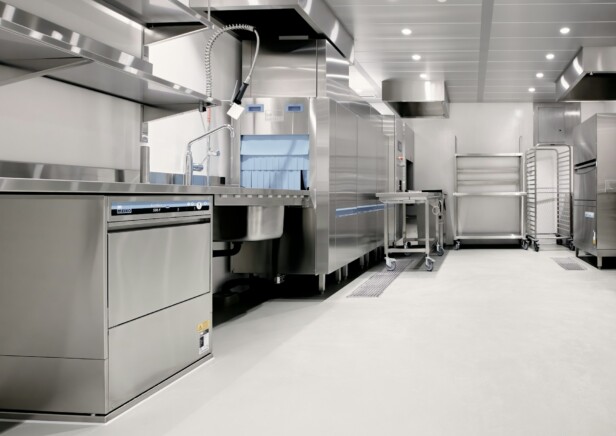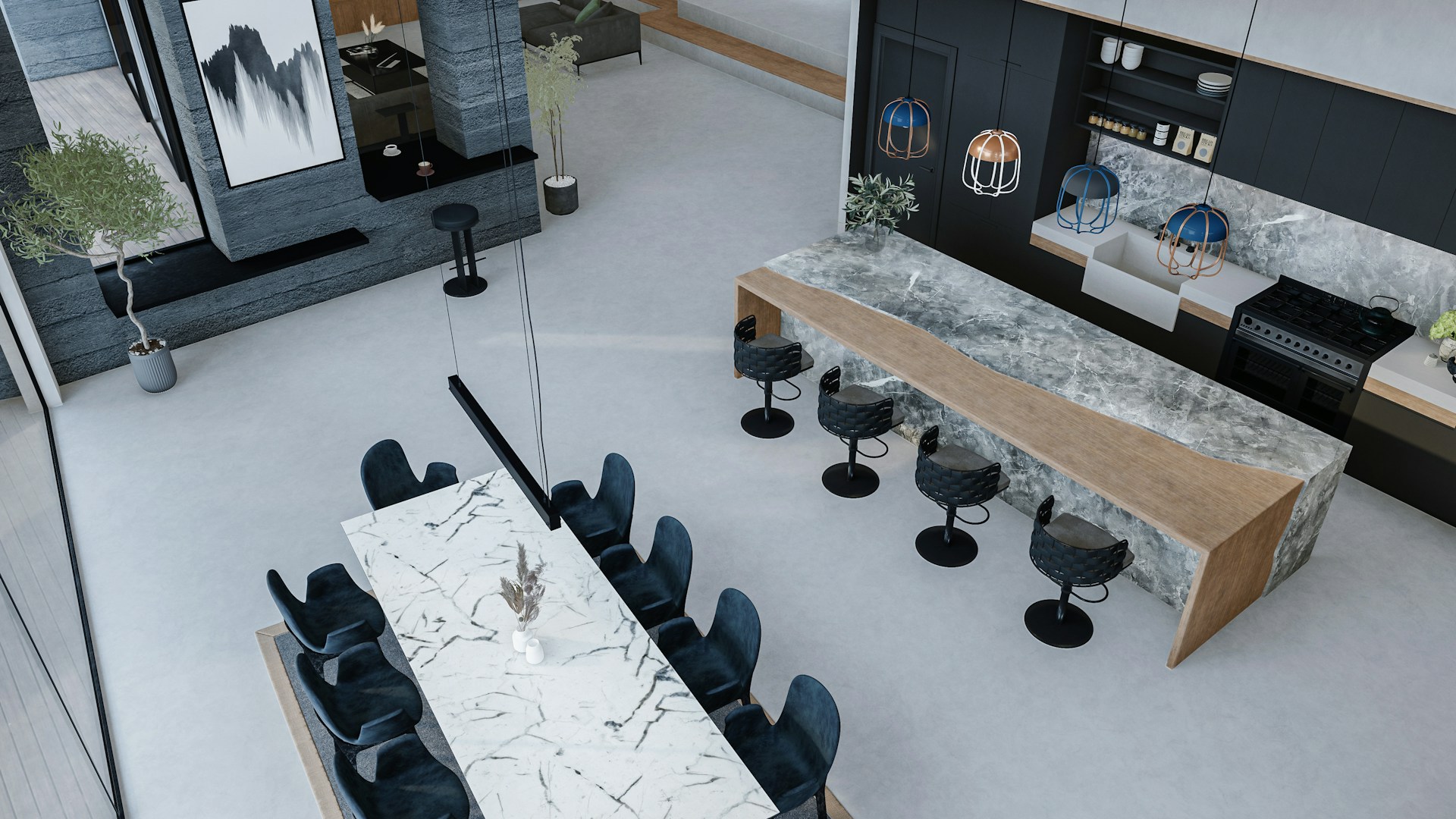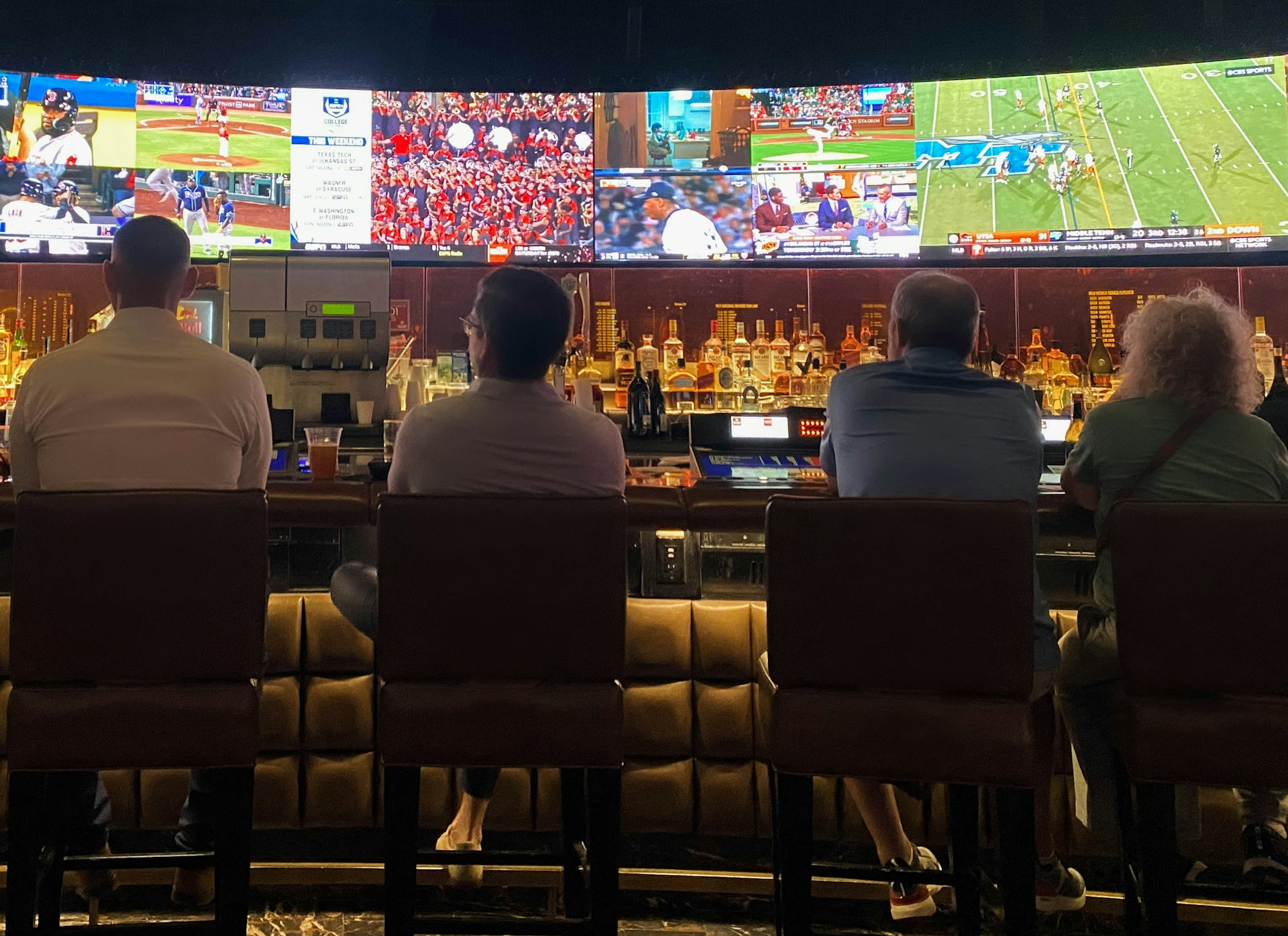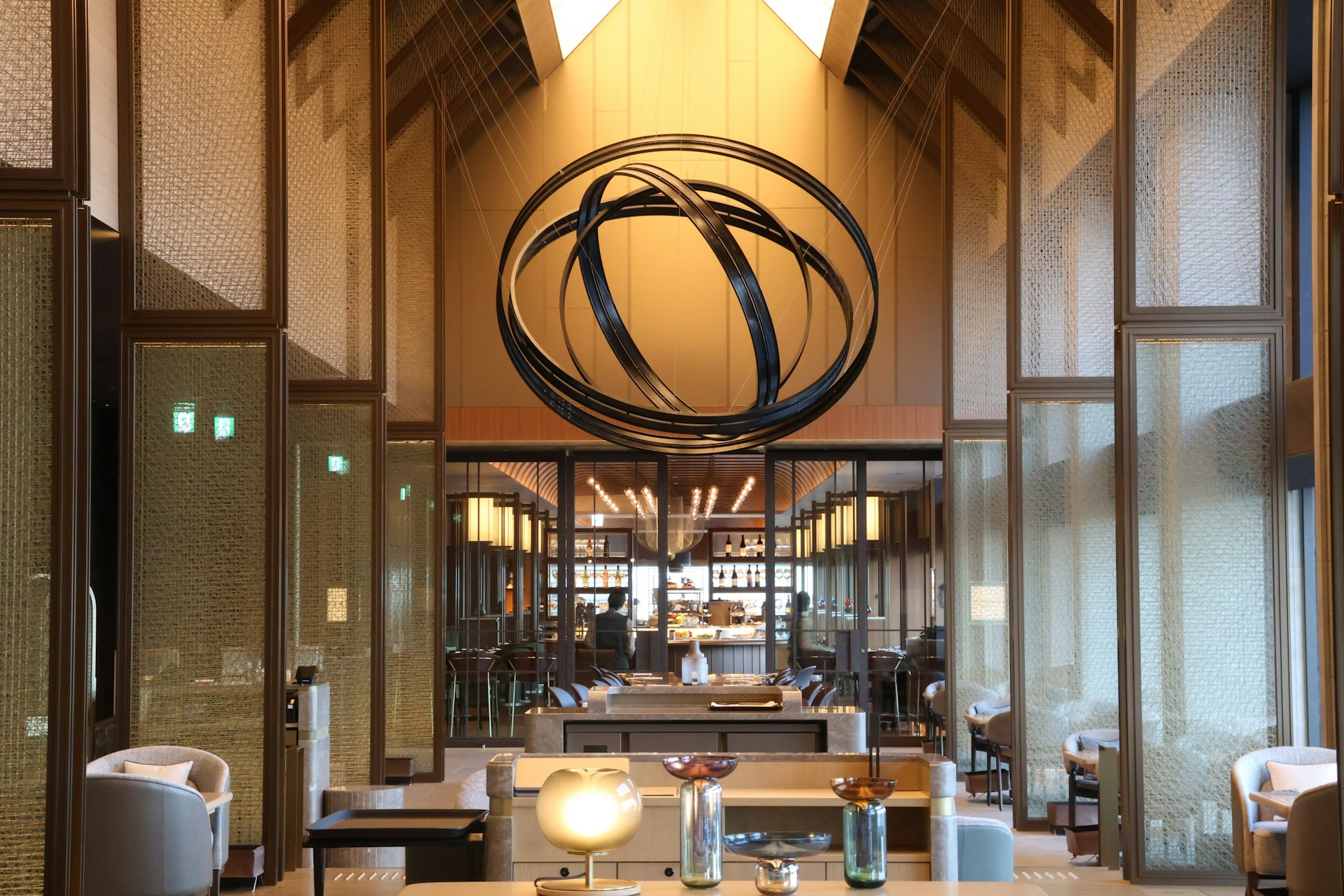Poor air balance in commercial kitchens creates negative pressure that can pull contaminated air through cracks, disrupt cooking processes, and compromise safety systems. Commercial kitchen makeup air calculation in Round Rock focuses on balancing the air removed by exhaust hoods with fresh replacement air to maintain proper pressure, comfort, and safety throughout the facility.
We see makeup air systems that include hood assemblies with grease filters, grease ducts with access doors, hinged upblast exhaust fans, fire suppression systems, and makeup air intakes from rooftop units. Air can also transfer from adjacent spaces like dining rooms to help balance flows and reduce the total makeup air requirement from mechanical systems.
How Do You Determine The Exhaust Airflow That Drives Makeup Air?
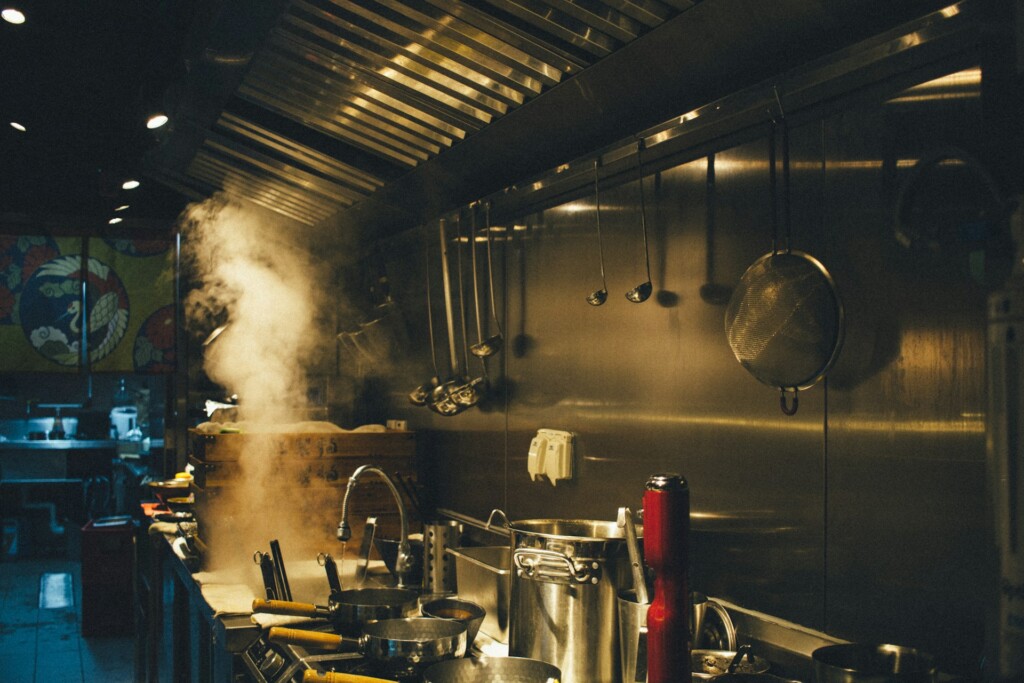
Determining exhaust airflow begins with evaluating the hood style and cooking equipment installed beneath it. The heaviest-duty appliance under any hood section dictates the exhaust rate for all equipment in that zone. This approach ensures adequate capture and containment of the strongest thermal plumes generated during peak cooking operations.
Setting Hood Length And Equipment Parameters
Hood length calculations start with the active cooking surface dimensions of the equipment lineup. We typically add 12 inches to the equipment length to accommodate proper overhang requirements. The International Mechanical Code and ASHRAE Handbook specify minimum 6-inch overhangs for wall-mounted canopy hoods, though larger overhangs improve capture performance.
Equipment duty ratings follow established classifications. Light-duty equipment includes ovens, ranges, and steam-jacketed kettles. Medium-duty covers griddles, fryers, and hot-top ranges. Heavy-duty encompasses charbroilers, wok ranges, and underfired broilers. Extra-heavy-duty applies to solid fuel cooking equipment using charcoal or wood.
Applying Code-Based CFM Calculations
CFM-per-linear-foot values vary by hood style and equipment duty. Wall-mounted canopy hoods require different rates than island canopy or back shelf hood configurations. The International Mechanical Code provides specific rates for each combination of hood type and appliance duty classification.
For spaces with appliances that do not require Type II hoods, we apply a base exhaust rate of 0.70 cfm per square foot. Each qualifying appliance counts as a minimum of 100 square feet for calculation purposes. This ensures adequate ventilation even for smaller units that generate heat without producing grease-laden vapors.
Volume And BTU-Based Calculation Methods
Room volume calculations provide an alternative approach for determining exhaust requirements. We multiply the room volume in cubic feet by the desired air changes per hour (ACH), then divide by 60 to convert to CFM. Commercial kitchens typically require 15 to 20 air changes per hour depending on cooking intensity and equipment types.
BTU adders account for the heat load generated by cooking equipment. We add 100 CFM for every 10,000 BTU of range input to the base calculation. This method helps capture the thermal plume strength that corresponds to equipment heat output and cooking intensity.
Accounting For Ductwork And System Losses
Duct length, fittings, and components create resistance that affects fan performance requirements. Straight duct sections add modest resistance, while elbows, transitions, and exhaust caps significantly increase pressure losses. We calculate equivalent length for each component and adjust the total CFM requirement accordingly.
Static pressure considerations typically range from 0.625 to 1.0 inches of water column for single-story installations. Multi-story buildings or complex duct routing may require higher static pressure calculations to ensure adequate exhaust performance at the hood level.
How Is Makeup Air Calculated And Balanced With Exhaust?
We calculate makeup air using two primary methods: percentage matching or direct matching to exhaust volumes. The percentage method involves setting makeup air as a specific fraction of the total HVAC airflow, typically ranging from 15% to 25% of the system’s total capacity. Fresh air CFM calculations require multiplying the outdoor air percentage by the total fan airflow to determine the required makeup air volume.
Direct matching provides a more straightforward approach. We size the make-up air intake to equal the exhaust CFM, ensuring a balanced system without creating pressure imbalances. This method works well for dedicated kitchen exhaust systems where the hood operates independently from the main HVAC system. Rooftop units typically supply this makeup air through dedicated ductwork connected directly to the kitchen space.
Air distribution patterns significantly impact system performance. We position supply diffusers to deliver makeup air near the hood capture area without disrupting the exhaust flow. Strategic placement prevents drafts that could interfere with smoke and grease capture while maintaining operator comfort. The supply air should flow toward the hood rather than across the cooking surface, creating a natural path for contaminants to follow.
Transfer air from adjacent dining room spaces can supplement the makeup air system. We design these connections to allow controlled airflow from conditioned spaces into the kitchen, reducing the load on dedicated makeup air units. This approach requires careful balancing to prevent dining room discomfort while supporting kitchen ventilation needs. Proper sizing of transfer openings ensures adequate airflow without creating noise or temperature control issues in adjacent spaces.
Which Hood Types And Code Points Affect Calculations?
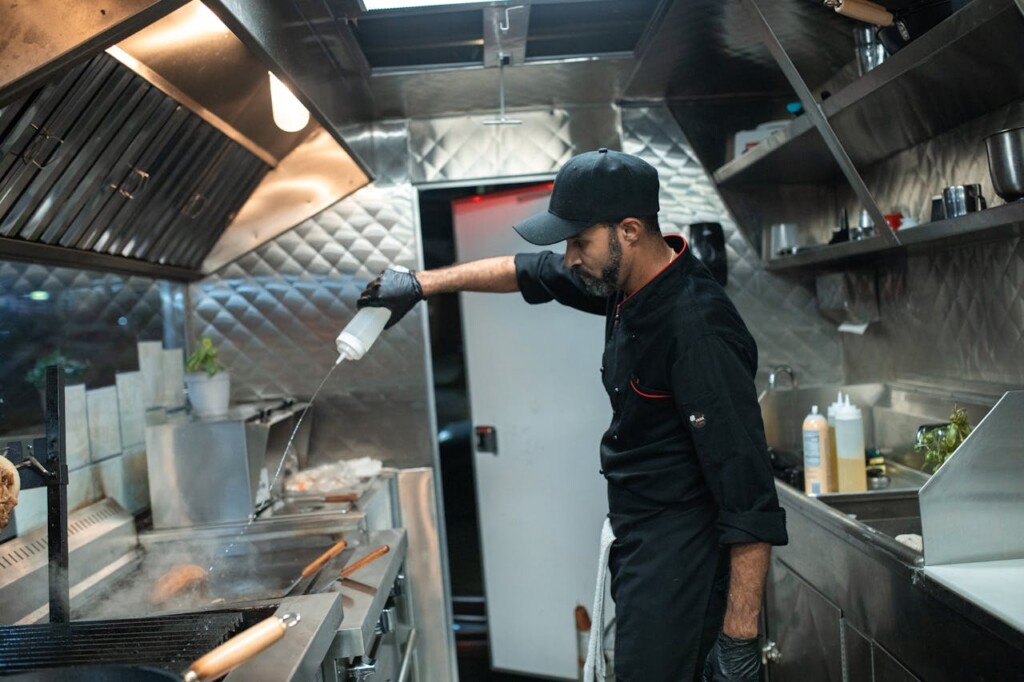
Type I Hood Requirements
Type I hoods handle appliances that produce grease or smoke during cooking operations. Medium-duty equipment like fryers and griddles requires these systems, along with heavy-duty charbroilers and extra-heavy-duty open-flame units. The International Mechanical Code mandates Type I hoods for equipment generating grease-laden vapors that pose fire risks.
These hoods include integrated fire suppression systems and grease filters as essential safety components. We size Type I systems based on the cooking equipment duty rating and select exhaust rates from established code tables. Each Type I installation must comply with NFPA 96 standards for proper grease removal and fire protection.
Type II Hood Applications
Type II hoods serve appliances that generate heat or moisture without producing grease or smoke. Dishwashers, steamers, and certain ovens fall into this category when their thermal loads exceed what standard HVAC systems can handle. These hoods focus on steam and vapor removal rather than grease capture.
Unlike Type I systems, Type II hoods do not require fire suppression or grease filtration components. The International Mechanical Code allows HVAC systems or separate removal methods to address heat and moisture loads instead of Type II hoods when adequate capacity exists.
0.70 CFM Per Square Foot Rule
Spaces with appliances that do not require Type II hoods still need exhaust ventilation. The code establishes 0.70 cfm per square foot as the minimum exhaust rate for these areas. Each qualifying appliance counts as at least 100 square feet for calculation purposes, regardless of its actual footprint.
This rule covers equipment like toasters, coffee makers, and warming ovens that generate minimal heat or moisture. We apply this standard rate to ensure adequate air quality while avoiding over-ventilation of low-load cooking equipment.
Hood Style Impact On Airflow Rates
Wall-mounted canopy hoods offer the most efficient capture performance and typically require lower CFM rates per linear foot. Single-island canopy systems need higher airflow due to their exposed perimeter and cross-drafts. Double-island configurations split airflow between two sides, affecting the total exhaust calculation.
Back shelf hoods and pass-over designs work well for smaller equipment but have limitations on appliance duty ratings. Eyebrow hoods provide minimal coverage and restrict equipment options. Each style determines the base CFM per linear foot value from ASHRAE handbook tables.
Code Reference Integration
We coordinate hood selection with International Mechanical Code requirements and ASHRAE ventilation standards. Code compliance drives the minimum exhaust rates, while ASHRAE provides guidance on effective capture and containment methods. Local amendments may modify these base requirements.
Proper documentation shows how each hood type aligns with code classifications and supports the overall makeup air calculation. We verify that equipment duties match hood capabilities and that exhaust rates meet or exceed minimum standards for safe operation.
When Is Makeup Air Required In Practice?
Most jurisdictions follow the 400 CFM threshold for makeup air requirements. We coordinate with local code officials early in the design phase to confirm specific municipal requirements and avoid surprises during permit review.
The International Mechanical Code establishes the foundation, but local amendments can vary significantly. Some areas may have stricter requirements or different CFM limits based on building size or occupancy type.
We schedule HVAC coordination meetings when exhaust systems approach the threshold. This ensures proper sizing of makeup air units and integration with existing building systems. The makeup air volume typically matches the exhaust rate to maintain balanced airflow throughout the kitchen space.
Supply air distribution becomes critical for maintaining capture and containment effectiveness. We position makeup air diffusers to avoid disrupting hood performance while ensuring adequate ventilation for staff comfort. Poor distribution can create drafts that push contaminants away from exhaust points.
Jurisdictional requirements may include specific damper controls, temperature conditioning, or filtration standards. We verify these details during the planning phase to incorporate necessary components into the final design and avoid costly modifications later in construction.
Conclusion: Key Steps For Commercial Kitchen Makeup Air Calculation In Round Rock
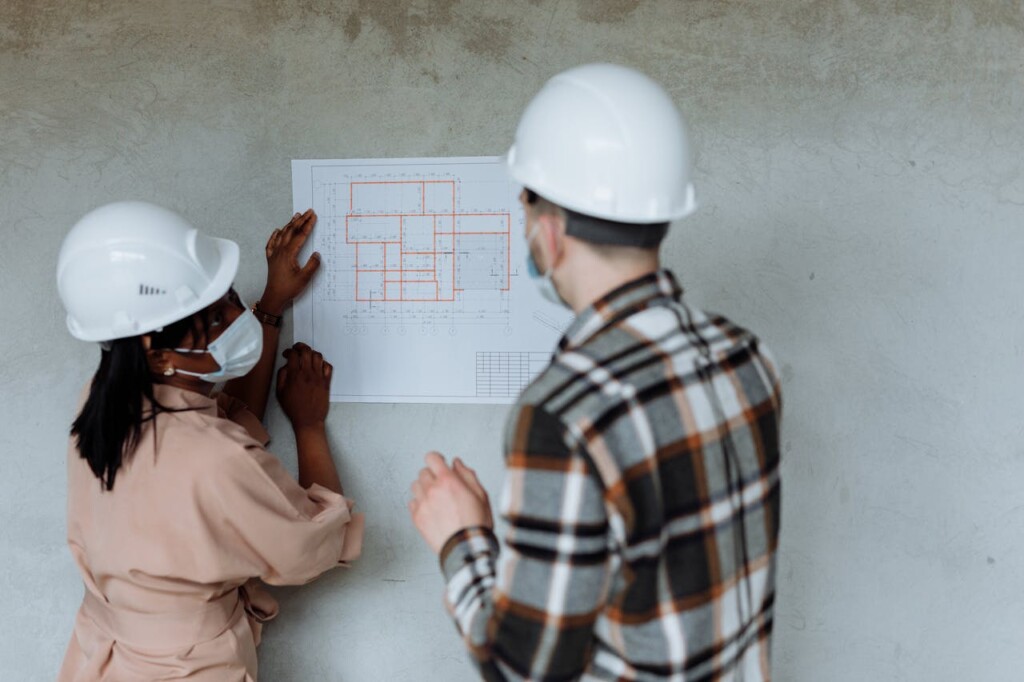
Successful commercial kitchen makeup air calculation in Round Rock follows a systematic approach that aligns with established codes and industry practices. We start by determining exhaust requirements based on hood style and the heaviest-duty appliance under each hood. Hood sizing typically adds 12 inches to equipment length, while the International Mechanical Code and ASHRAE Handbook provide the CFM-per-linear-foot values needed for accurate calculations.
The calculation process incorporates multiple factors to ensure proper air balance. Room volume and air changes per hour provide baseline requirements, while BTU additions account for equipment heat output. Duct adjustments compensate for resistance from length, elbows, and other components that affect system performance. Makeup air sizing can follow percentage-based methods or direct matching to exhaust volumes, with even distribution preventing drafts while maintaining effective capture and containment.
Verification remains essential throughout the process. The 400 CFM threshold triggers makeup air requirements in many jurisdictions, making early coordination with local authorities critical for project success. We ensure final designs meet both exhaust needs and makeup air distribution requirements while maintaining occupant comfort and system effectiveness. Contact EB3 Construction to coordinate your commercial kitchen ventilation design with code-compliant air balance solutions.

